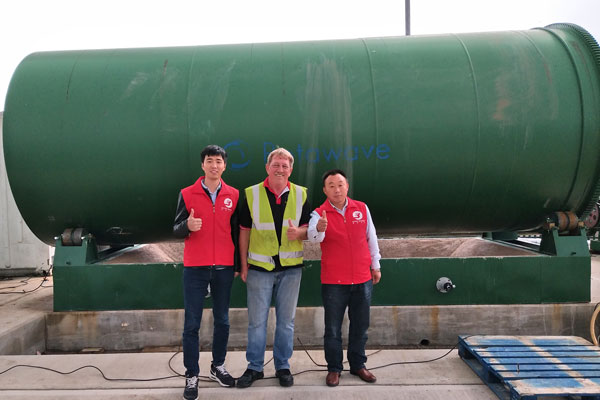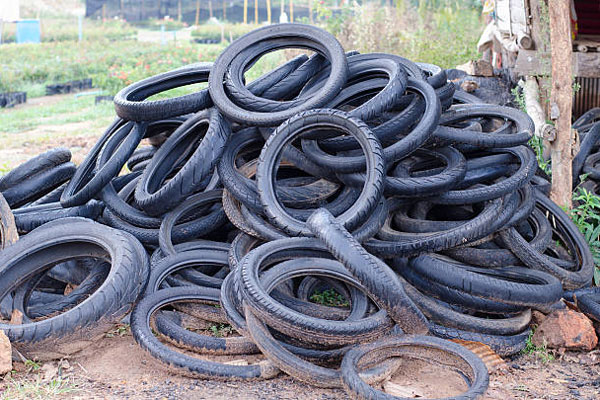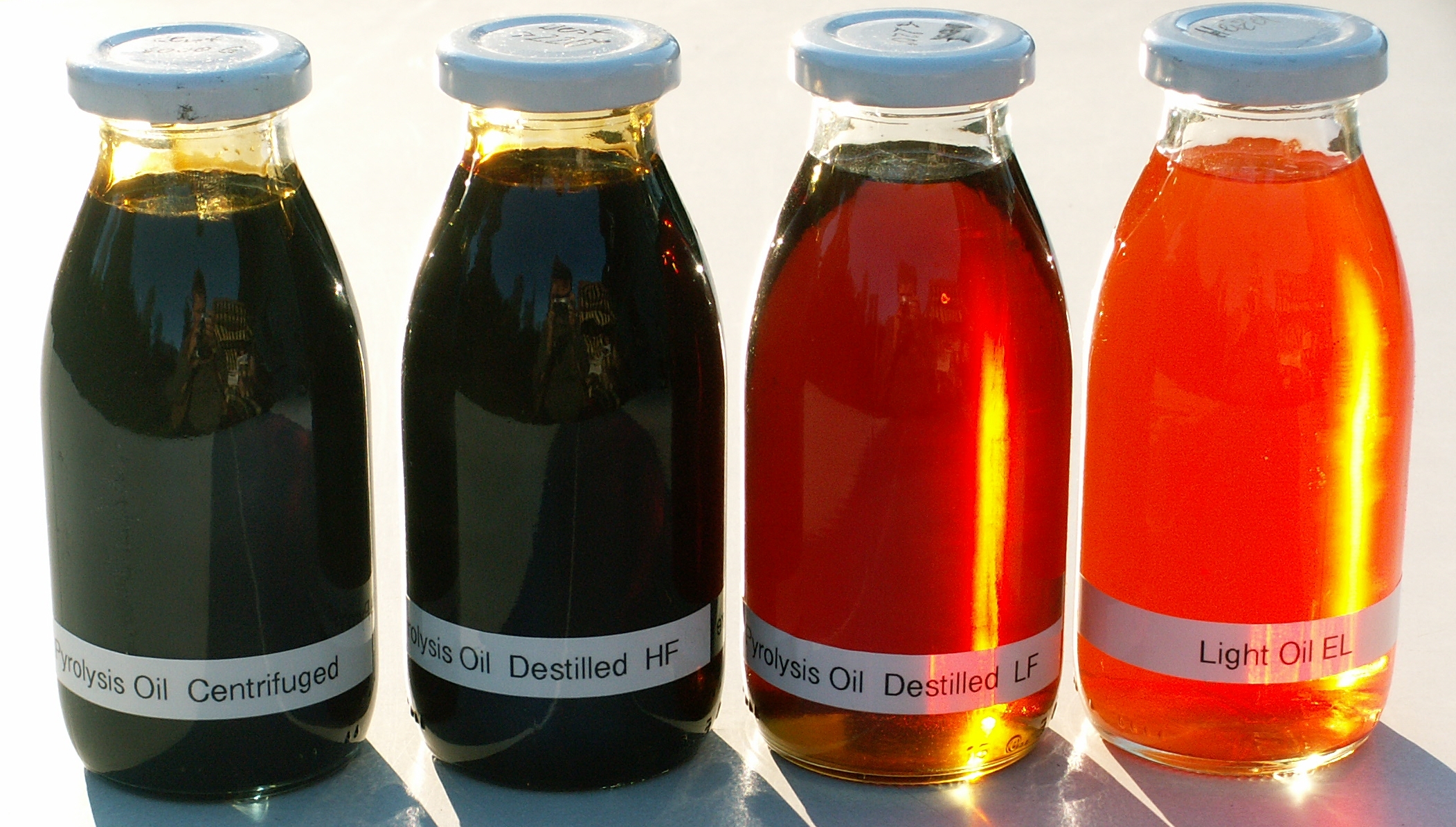The global challenges of tyre and plastic waste have reached critical levels, posing significant threats to the environment. To combat this issue, sustainable disposal methods are urgently needed. Continuous pyrolysis has emerged as a promising solution, offering an efficient and environmentally friendly way to handle these non-biodegradable materials. By converting tyres and plastics into valuable resources through thermal decomposition, continuous pyrolysis presents a unique opportunity to enhance sustainability while mitigating waste-related problems. This post will delve into the process of continuous pyrolysis equipment, its benefits, and its potential impact on the tire and plastic waste crisis.

Understanding Continuous Pyrolysis
Continuous pyrolysis is a thermal degradation process that breaks down complex organic compounds, such as tyres and plastics, into simpler substances under high temperatures and in the absence of oxygen. Unlike traditional pyrolysis, which operates in batches, continuous pyrolysis systems offer several advantages. These systems utilize a continuous feed mechanism, enabling a steady supply of waste material and uninterrupted production.
In a typical continuous pyrolysis system, shredded tyres or plastics are fed into a reactor chamber where they undergo controlled heating. As the temperature rises, the organic materials decompose, producing gas, oil, and solid residues. The generated gas can be used to fuel the pyrolysis process itself, reducing external energy requirements. The resulting oil, known as pyrolysis oil or bio-oil, can serve as a valuable energy source or be further refined for various applications. The solid residues, often referred to as char or carbon black, can find use in industries like construction or as an additive in rubber manufacturing.
Advantages of Continuous Pyrolysis
Continuous pyrolysis offers numerous advantages over conventional waste disposal methods, making it an attractive solution for tyre and plastic waste management by tire pyrolysis plant:
a) Resource Recovery: Continuous pyrolysis allows for the conversion of waste tyres and plastics into valuable resources. Pyrolysis oil can replace fossil fuels in various industries, reducing reliance on non-renewable energy sources. Additionally, the carbon black produced can substitute virgin carbon black, reducing the need for new resource extraction.
b) Waste Reduction: By diverting tyres and plastics from landfills or incineration, continuous pyrolysis mitigates environmental pollution. The process significantly reduces waste volume and minimizes the release of harmful gases commonly associated with burning or landfilling these materials.
c) Environmental Benefits: Continuous pyrolysis has a lower carbon footprint compared to traditional waste disposal methods. It helps decrease greenhouse gas emissions by utilizing waste-derived fuel instead of fossil fuels while also reducing the demand for new raw materials.
d) Economic Opportunities: The recovery of valuable products, such as pyrolysis oil and carbon black, creates economic opportunities. These products can be sold or utilized within different industries, fostering a circular economy and promoting sustainable practices.
e) Scalability and Efficiency: Continuous pyrolysis systems can be scaled up or down depending on the waste volume and processing requirements. They offer high efficiency due to the continuous operation, minimizing downtime and increasing production output.

Potential Impact and Challenges
The implementation of continuous pyrolysis has the potential to revolutionize tyre and plastic waste management, leading to a more sustainable future. By addressing both the environmental and economic aspects of waste disposal, this technology offers a holistic solution. However, several challenges must be overcome to realize its full potential:
a) Technological Advancements: Continuous pyrolysis systems require further research and development to improve their efficiency, reduce operational costs, and enhance product quality. Advancements in reactor design, heat transfer, and process control are necessary to optimize the performance of these systems. Contact pyrolysis plant suppliers to get the details.
b) Regulatory Frameworks: Adequate regulations and policies must be in place to promote the adoption of continuous pyrolysis technology. Governments and environmental agencies play a crucial role in creating supportive frameworks that incentivize businesses and individuals to invest in sustainable waste management solutions.
c) Market Demand and Infrastructure: To achieve widespread adoption, there must be a demand for products derived from continuous pyrolysis processes. Building markets for pyrolysis oil, carbon black, and other byproducts is essential. Additionally, establishing appropriate collection and sorting infrastructure for tyre and plastic waste is crucial to ensure a consistent supply of feedstock.
d) Public Awareness and Engagement: Educating the public about the benefits of continuous pyrolysis and waste recycling is vital. Encouraging responsible consumption, promoting recycling practices, and raising awareness of the environmental consequences of improper waste disposal will contribute to a more sustainable future.

Conclusion
Continuous pyrolysis presents a promising solution for addressing the pressing challenges posed by tyre and plastic waste. By converting these materials into valuable resources, this technology offers a sustainable way to manage non-biodegradable waste while reducing environmental pollution and reliance on fossil fuels. However, further research, supportive policies, market development, and public engagement are necessary to overcome existing challenges and fully realize the potential of continuous pyrolysis. With concerted efforts towards implementing and refining this technology, we can enhance sustainability and pave the way for a more circular and resilient future of thermal desorption equipment.